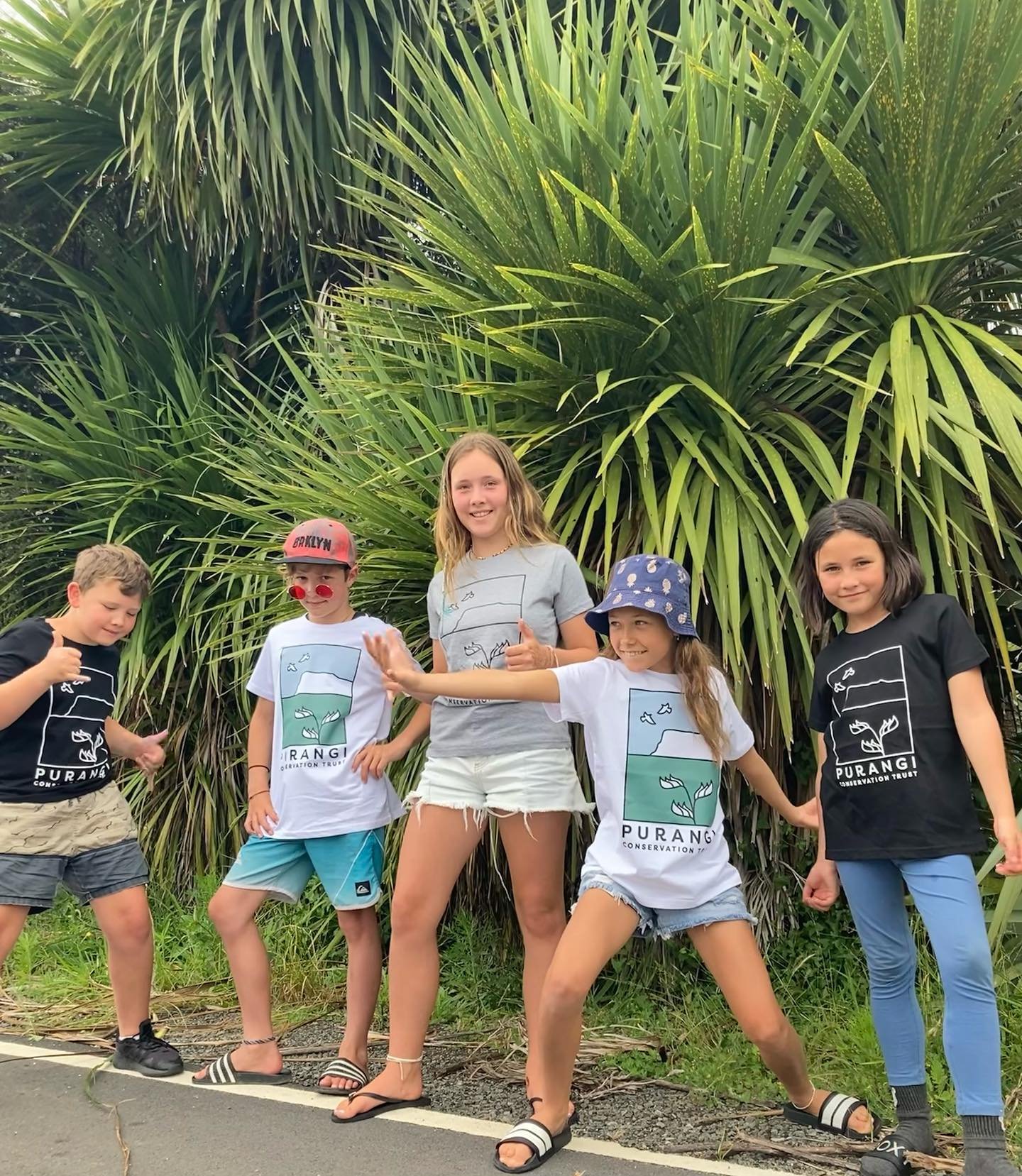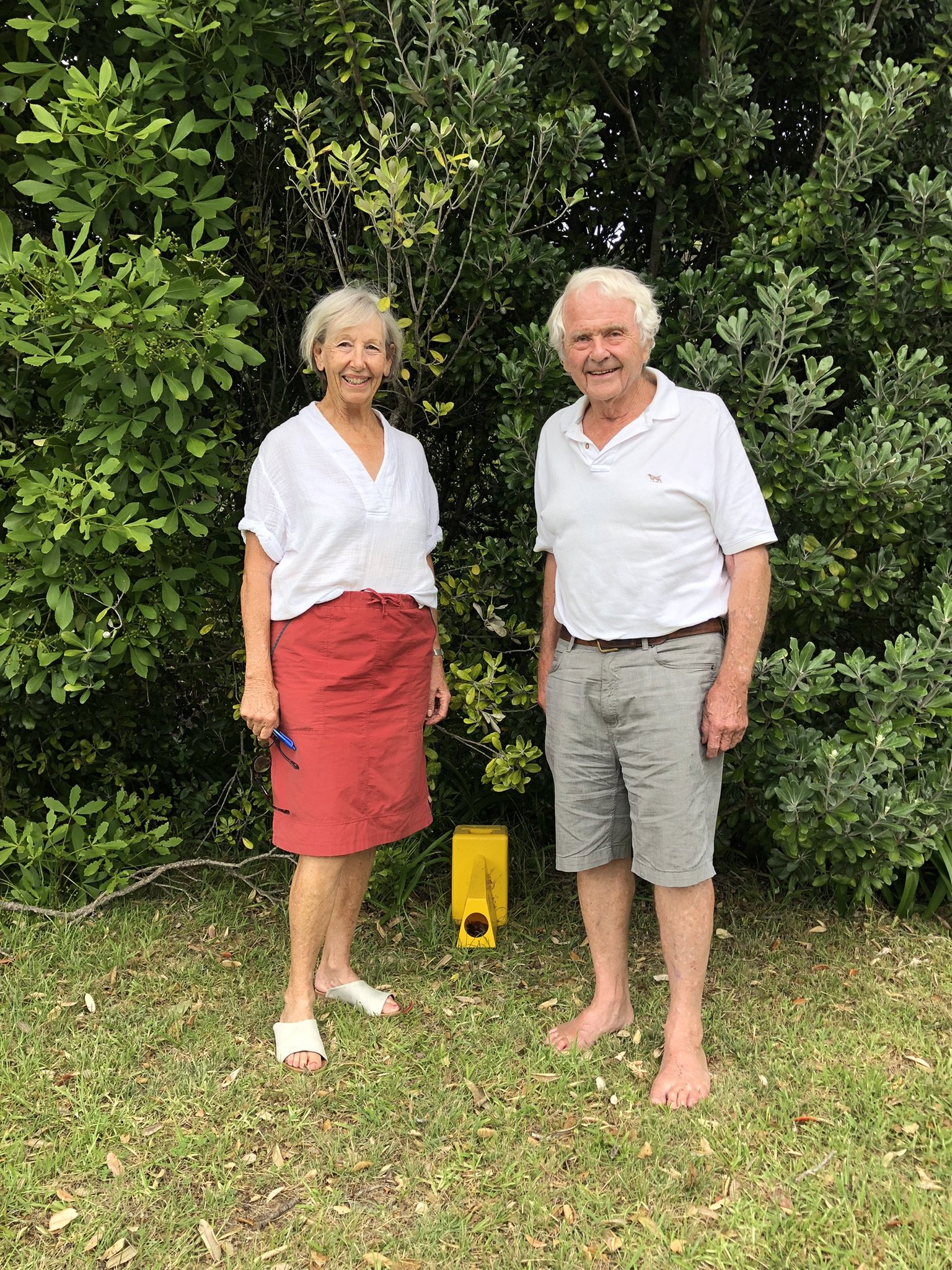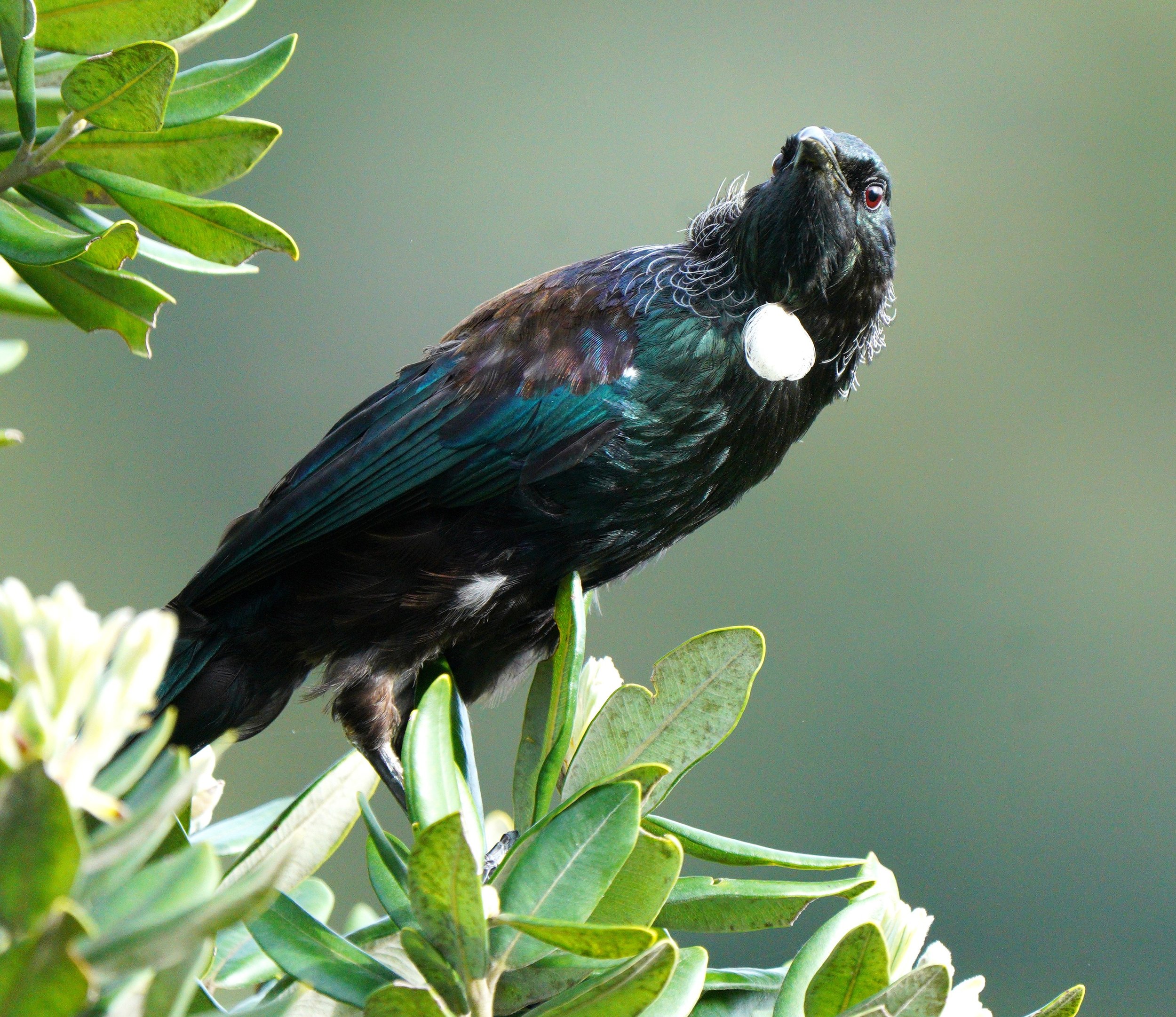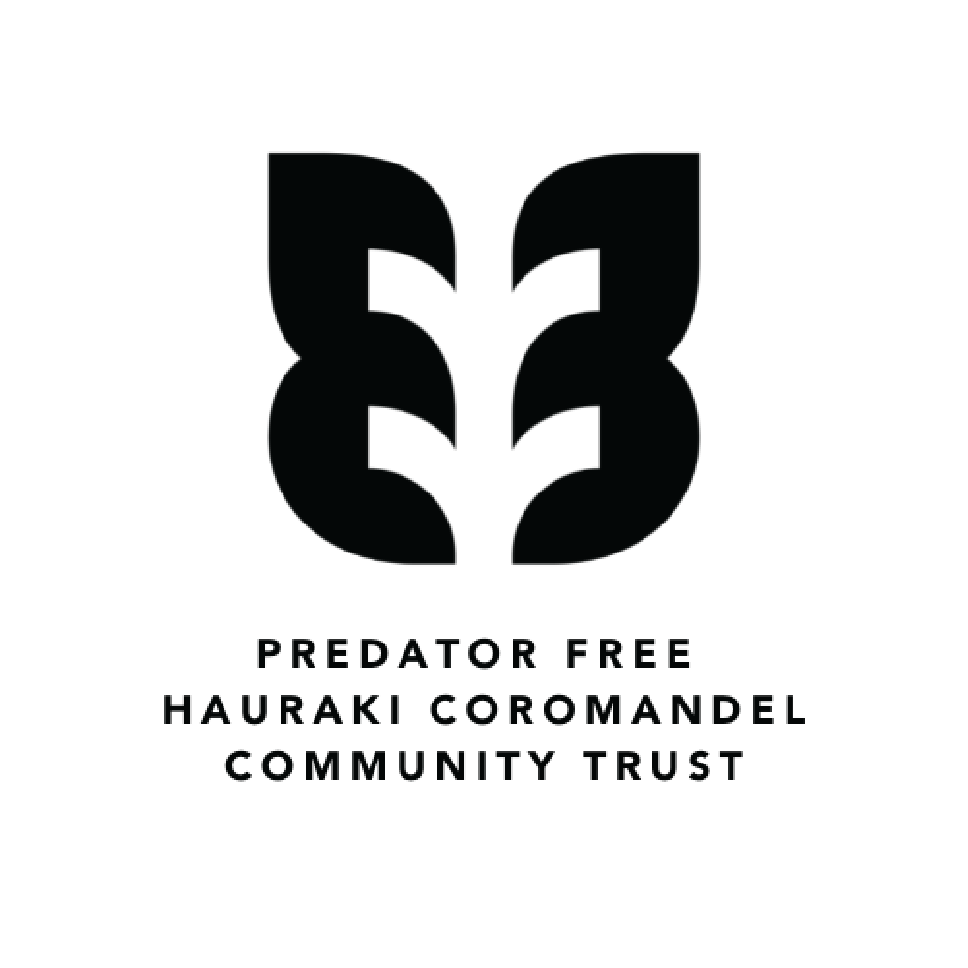Keeping Predators on High Alert with Purangi Conservation Trust
How the hunt for a single stoat turned into a conservation project with dozens of volunteers protecting 11,000 hectares.
"That’s where I saw the mustelid, it was running right across there!” Scotty Yates says pointing across his lawn perched above the sparkling Maramaratotara Bay. He is recounting the humble beginnings of Purangi Conservation Trust, a conservation group now protecting a vast terrain from Ferry Landing to Hot Water Beach and out to Purangi.




Purangi Conservation Trust’s (PCT) story begins with a single trap in 2018. Scotty knew that one stoat meant there were likely hundreds more and, after discussing the problem with friends, he was delighted to be sent a tunnel trap for his 80th birthday. He proudly shows us the founding trap while pre-baiting the outside with rabbit roadkill that’s been chopped into cubes and frozen. After a couple of days offering free hors d'oeuvres, Scotty will move the rabbit treat inside the trap so it can do its thing.
Scotty spoke to neighbours about the stoat, including several who shared his concerns about what these unseen predators were doing to the bush and, by association, to the native birdlife. With help from these neighbours and other locals, PCT was born, though one neighbour noted that Scotty may have “bitten off more than [he] could chew”. Rose Morcom laughs hearing this recounted: “That should be the Trust’s motto!” Rose is another trustee and a local with long ties to the area. Some of the land blocks she is helping to conserve were once part of her grandfather’s farm so her feelings for the land run deep.
Rose had originally offered to help the Trust by lending a hand to do a single newsletter for them 18 months ago, but it wasn’t long before she was hooked. Now she also handles funding applications, media requests, and offers support to the volunteers. This includes helping track kills on the app they use – all the while remaining a committed weeder of invasive species wherever she steps. Having lived here all her life Rose really notices the difference the trapping and planting have made to the area. When she was a kid, it was a big deal whenever her father saw a kākā, but now Rose sees them nearly every day. She believes the Kererū have been around more than ever this summer, with a mating pair recently landing on her roof and settling close enough for her to hear them cooing sweet nothings.
Regeneration of the native bush is as important to the group as pest eradication. Another of the trustees, Nick Goldwater, is an ecologist who had noticed the dire state of the ancient pōhutakawa around Whitianga Rock. After consulting with Ngāti Hei and the Department of Conservation, PCT began an intensive campaign against the possums and rats whose destruction had previously gone unchecked. Nick notes that since the group began trapping, the possum numbers have dropped dramatically which aids the recovery of the ancient pōhutukawa, “and with fewer rats around to feed on seeds and fruit, the regeneration of other native species such as pūriri, māhoe and karamū will rapidly improve”.
Tracy Gillett’s journey with PCT also began with a single trap, installed with the help of a PCT expert trapper. Tracy lives on a big bush block and had mentioned to a friend at the Cooks Beachcare Group one day about possums getting into the avocados. The friend suggested she get in touch with PCT and now, nine months later, that single trap has become 29! Tracy checks these traps once a week on Saturday mornings, with help from one of her neighbour’s children who is also keen to do his part to eradicate the rats and possums.
Engaging with the next generation is considered important work by the group and, as they have extended their efforts out to Hot Water Beach, they have been joined by volunteers with young children such as Adam Clow. Adam has set up a trap line for his kids to manage and they are also part of the Hot Water Beach Bus Stop Crew, a dedicated young team of trappers who compete for bragging rights and ice cream. It’s a serious business for the kids, and PCT’s engaging Instagram account often features these kaitiaki-in-training proudly holding rats by the tail, much like a proud fisher with their catch. The Trust’s new merch also comes in kid's sizes that the junior trappers wear with pride, and the t-shirts feature the beautiful new PCT logo which was created and donated by Deb at Salty Pipis. The ice cream prizes are also often sponsored by local businesses, and these offers of support reveal how highly the local community values the mahi being done.
The relationships formed that create this kind of support are what PCT is all about. The group has an ‘it takes a village’ ethos that rings true in everything they do. It’s these relationships that have led to the goodwill it takes to secure the help of the 50+ volunteers who maintain the expansive network of traplines. The volunteers speak fondly of the support they receive from expert trappers, and trustees speak fondly of the volunteers. It’s a vast area to cover – the volunteers maintain over 600 traps, covering an area of roughly 11,000 hectares and vast plans ahead. With diverse skills and overflowing passion, you certainly wouldn’t want to be a stoat wandering into the PCT rohe these days!
Article by: Carolyn Wadey-Barron
Photography by: Steve Merchant and Peter Drury
If your community conservation group would like to share your story and be featured on our blog, please get in touch! If you are interested in volunteering in the Hauraki Coromandel head over to our Contribute page and read more.

